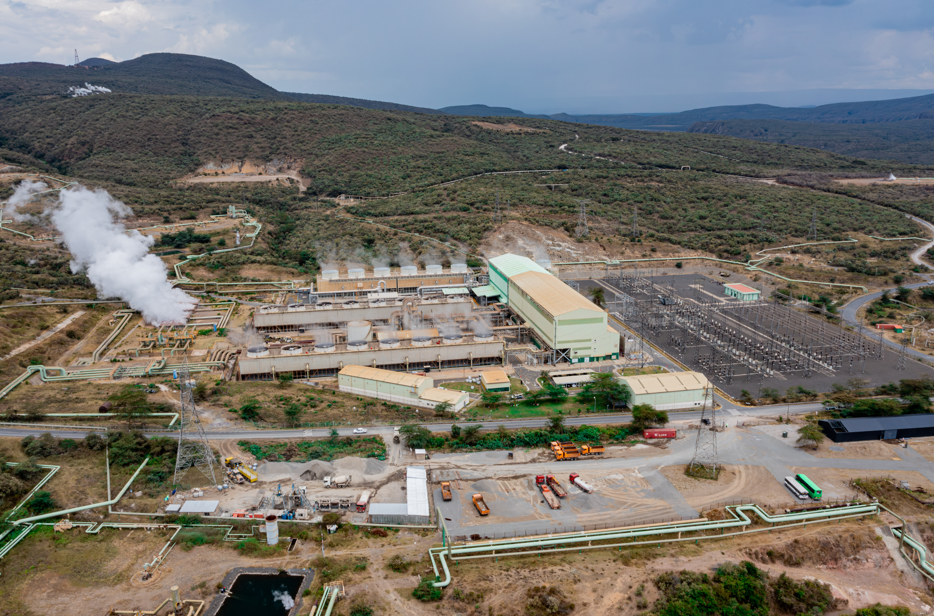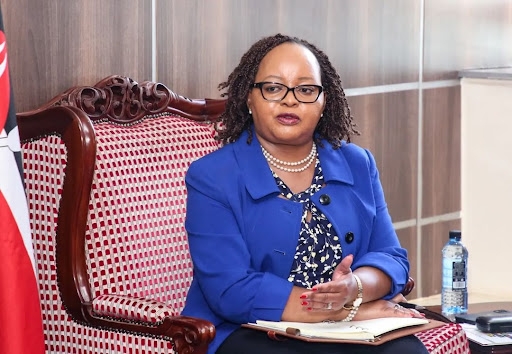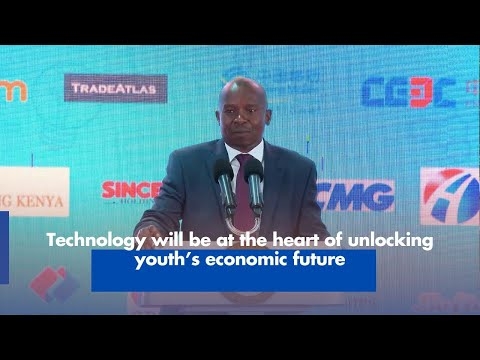
Ninety-two per cent of the world’s population now has basic access to electricity, thanks to an improvement in access to energy.
For the first time in a decade, the number of those without access decreased, a new report shows, but the current rate is insufficient to reach universal access by 2030.
And although there has been an improvement since 2022, over 666 million people remain without access.
The report, tracking SDG 7: The Energy Progress Report 2025, calls for scaled-up tailored financial support for decentralised renewable energy to reach 666 million people in rural and vulnerable areas in developing countries.
"Notable progress was made in different indicators. The international financial flows to developing countries in support of clean energy grew for the third year in a row to reach $21.6 billion in 2023.”
The installed renewable capacity per capita continued to increase year-on-year to reach a new high of 341 watts per capita in developing countries, up from 155 watts in 2015.
Clean cooking access is progressing, but below the rates of progress seen in the 2010s.
The greatest growth in access between 2020 and 2023 occurred in Central and Southern Asia, while the pace of progress in Sub-Saharan Africa calls for significant acceleration.
In Sub-Saharan Africa, 35 million people gained access to electricity in 2023, but population growth over the same period was 30 million, so the net electricity access gap for the region fell by just 5 million (from 570 million in 2022 to 565 million in 2023).
The region now accounts for 85 per cent of the global population without electricity, up from 50 per cent in 2010. Of the countries with the largest access deficits (according to 2023 data), 18 of the top 20 were in Sub-Saharan Africa.
As in the previous year, the deficits in Nigeria (86.6 million), the Democratic Republic of Congo (79.6 million) and Ethiopia (56.4 million) alone accounted for more than one-third of the world’s population without electricity.
The report will be presented to decision-makers at a special launch event on July 16, 2025 at the High-Level Political Forum on Sustainable Development in New York, which oversees progress on the SDGs.
New efforts must focus on Sub-Saharan Africa and especially on the countries with the greatest access gaps.
The report identified the lack of sufficient and affordable financing as a key reason for regional inequalities and slow progress.
To build on the achievements to date and avoid any further regressions on access to electricity and clean cooking due to looming risks in global markets, the report calls for strengthened international cooperation of public and private sectors to scale up financial support for developing countries, especially in Sub-Saharan Africa.
Urgent actions include reforms in multilateral and bilateral lending to expand the availability of public capital; more concessional finance mobilisation, grants and risk mitigation instruments; improvement in risk tolerance among donors; as well as appropriate national energy planning and regulations.
Little to no change was observed in access to clean fuels and technologies for cooking between 2022 and 2023.
Although the number of the world's population with access to clean cooking fuels and technologies increased from 64% in 2015 to 74% in 2023, around 2.1 billion people remain dependent on polluting fuels and technologies.
If current trends continue, only 78 per cent of the global population will have access to clean cooking by 2030.
Despite progress in expanding renewable capacity, least developed countries and Sub-Saharan Africa had only 40 watts per capita in installed renewable capacity, compared to developed countries, which had over 1,100 watts installed.
Global energy efficiency experienced sluggish progress in recent years. The global trend shows that primary energy intensity, defined as the ratio of total energy supply to gross domestic product, declined by 2.1% in 2022.
Although it is an improvement of more than four times the weak 0.5% improvement rate of 2021, it is insufficient to meet the original SDG 7.3 target. Going forward, energy intensity needs to improve by 4% per year on average.
International public financial flows to developing countries in support of clean energy increased by 27% from 2022, reaching $21.6 billion in 2023.
However, the developing world received fewer flows in 2023 than in 2016, when commitments peaked at USD 28.4 billion. Despite gradual diversification, funding remained concentrated, with only two Sub-Saharan African countries in the top five recipients.
Debt-based instruments drove most of the increase in international public flows in 2023, accounting for 83% in 2023, while grants made up only 9.8% of flows.











